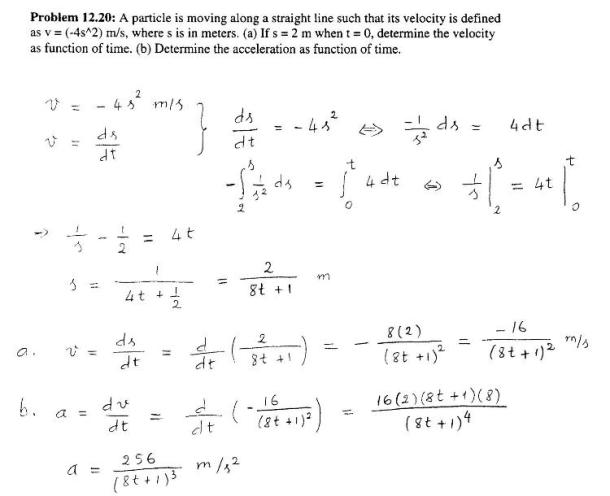dynamics math problems engineering equations dynamics basic mechanics school homework engineering math dynamics formulas dynamics problems dynamics problem solutions to dynamics problems full solution dynamics engineering dynamics problem solution dynamics math problems engineering equations dynamics basic mechanics school homework engineering math dynamics formulas dynamics problems dynamics problem solutions to dynamics problems full solution dynamics engineering dynamics problem solution
dynamics math problems engineering equations dynamics basic mechanics school homework engineering math dynamics formulas dynamics problems dynamics problem solutions to dynamics problems full solution dynamics engineering dynamics problem solution dynamics math problems engineering equations dynamics basic mechanics school homework engineering math dynamics formulas dynamics problems dynamics problem solutions to dynamics problems full solution dynamics engineering dynamics problem solution
A particle is moving along a straight line such that its velocity is defined as v=(-4s^2) m/s, where s is in meters. If s=2m when t=0, determine
the velocity as a function of time. Determine the acceleration as a function of time.

A particle is moving along a straight line such that its velocity is defined as v=(-4s^2) m/s, where s is in meters. If s=2m when t=0, determine
the velocity as a function of time. Determine the acceleration as a function of time.

